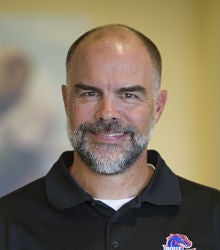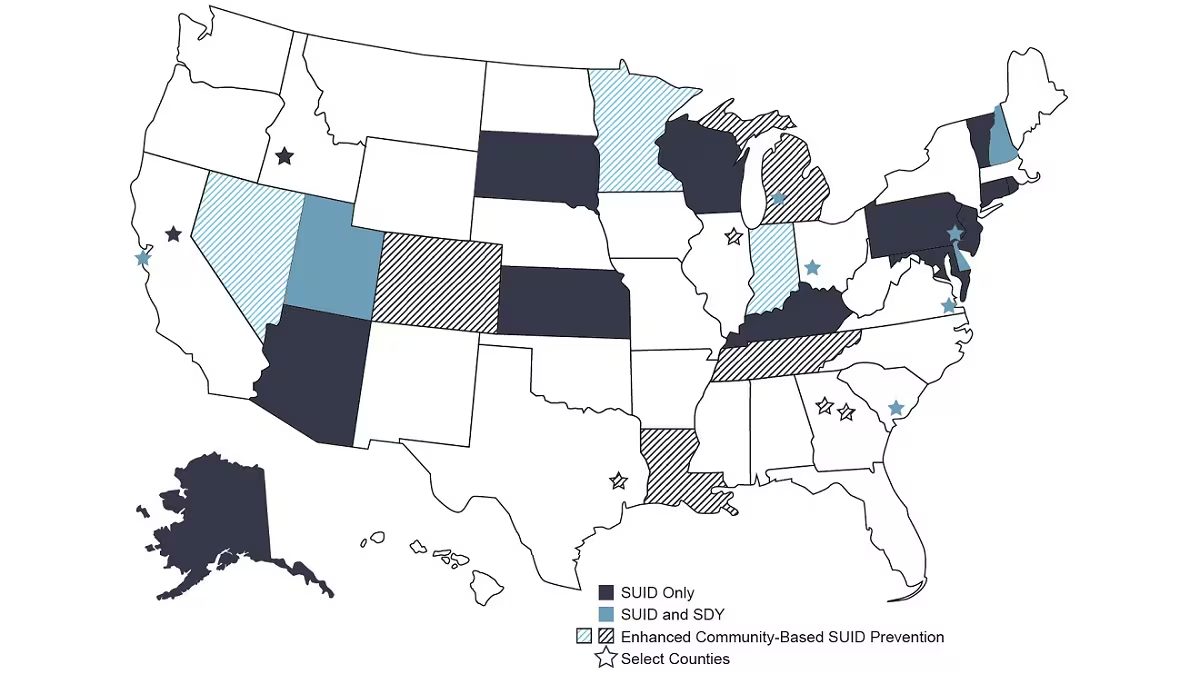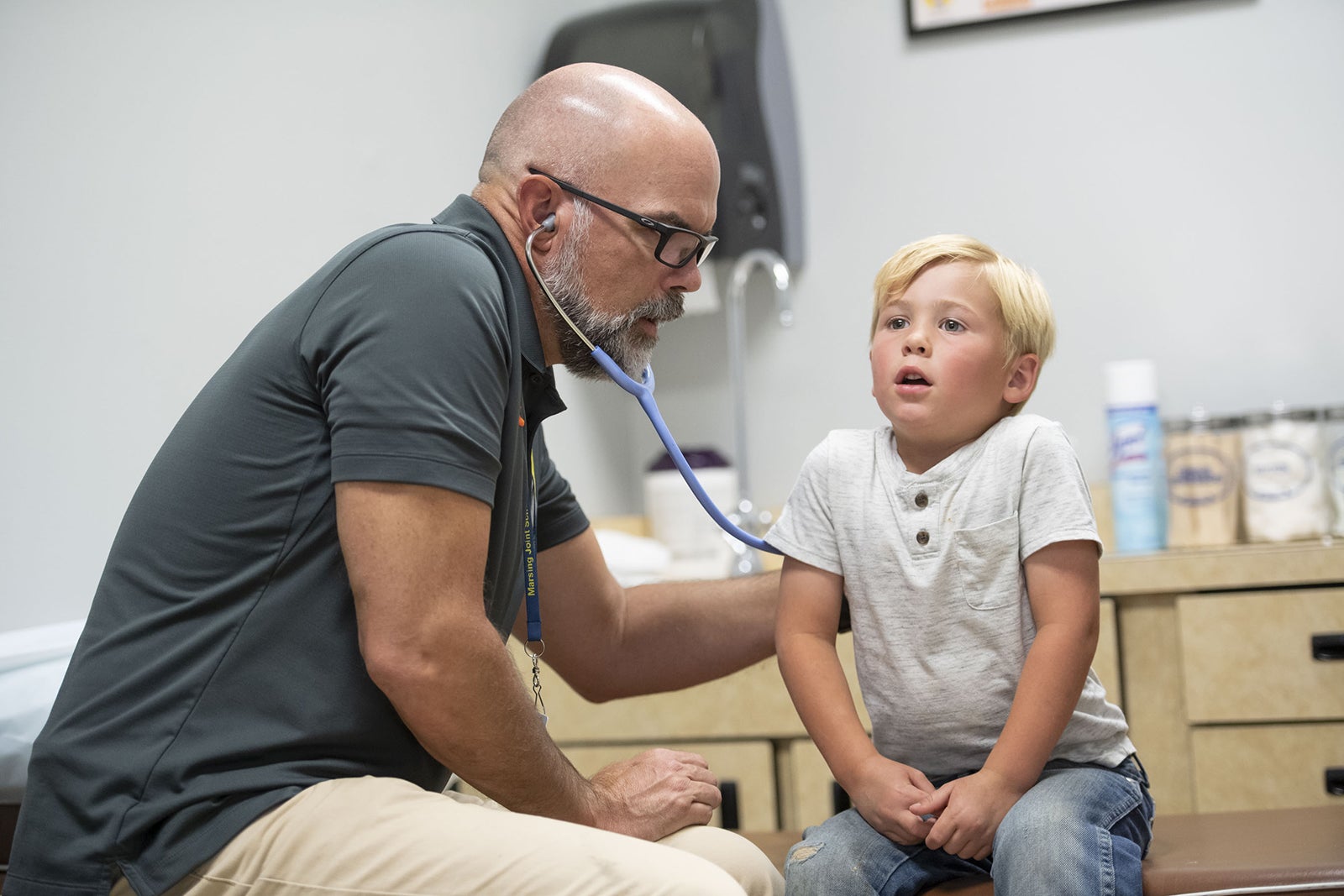The Center for Disease Control and Prevention (CDC) put out a call in June 2023 for researchers to help reduce the deaths of children nationwide. Boise State Associate Professor Max Veltman – working alongside community partners in Canyon County – answered the call.

The problem
According to the CDC, sudden unexpected infant death (or SUID for short) is when a child under one year old dies and the cause is not obvious before investigation. Sudden death in the young (or SDY) is the term for similar situations of anyone one to 20 years old.
But often there aren’t resources available to identify the unexpected nature or cause of the child’s passing. There is no national standardized method of investigating and reporting these cases. This can make it difficult to monitor community trends and risk factors, especially in rural areas with low access to resources.
So the CDC’s program aims to eliminate the “unexpected” from these cases through detailed reporting and, ultimately, reduce the number occurring altogether.
The solution
Nationwide improvement requires a nationwide pool of resources. The CDC collaborated with the National Institute of Health to provide funding for communities to contribute to the SUID and SDY case registry. This CDC-driven registry program collaborates with the National Center for Fatality Review and Prevention to use its reporting system.
This is where Veltman comes in.

Veltman teaches in the School of Nursing and is the principal investigator on Boise State’s portion of the CDC grant. Thirty-seven other organizations across the nation also are working on the registry project. Given that the team is looking for data trends over a longer period, their funding is eligible for renewal each year for the next five years.
He is leading efforts in partnership with the Canyon County Coroner’s Office. His work is interdisciplinary, receiving the support of the Canyon County sheriff and prosecutor’s offices, the chiefs of police in Caldwell, Middleton and Nampa, and the Idaho Department of Health and Welfare’s southwest district.
Veltman and his team started collecting data in January 2024. As they notice trends, they will share their findings through periodic newsletters with these key community stakeholders who are poised to pass on the preventative information to those who would benefit most, like parents.
While his work may not be the most engaging or pleasant research project, Veltman emphasizes the goal is to save lives. “It can be a very sad situation when an infant dies, but there’s potential to help people,” he said.
Help comes from community roots
Veltman has been connected with the community in Canyon County since 2007 when he first started working with the Nampa Family Justice Center. He’s also served on the Canyon County Child Fatality Review Team since 2012.
Veltman previously had an informal role, taking meeting notes and occasionally offering his unique perspective as a pediatric nurse practitioner and academic. Although the team somewhat stumbled upon the CDC’s notice of funding opportunity, Veltman said the grant formalized his role with the group’s work.

The review board exists to assess cases of child fatalities and determine ways to prevent similar situations in the future. This could be solutions for community infrastructure like installing traffic lights at busy intersections or fences on canals. For SUID or SDY cases, prevention most often comes through education.
SUID cases often happen during sleep or in the baby’s sleep area, so increasing awareness and education are the main ways to keep them from happening. Participants in the case registry program – like Veltman and the Canyon County review team – use the data they’re collecting to identify trends and circumstances around these fatalities and then develop strategies that reduce future cases.
“The most obvious thing is, how can you prevent other kids from dying?” Veltman said. “I really hope this project will start a more streamline process of data collection. I want to help kids and I’ve got skills. I’m here to help.”
‘The Sudden Unexpected Infant Death (SUID) and Sudden Death in the Young (SDY) Case Registry – Canyon County Idaho and Boise State University’ project was supported by Grant Number 1 NU58DP007710-01-00 from HHS. The contents of this article are solely the responsibility of the authors and do not necessarily represent the official views of the HHS.